12 Ways Pheromones Influence Dog Mating Rituals
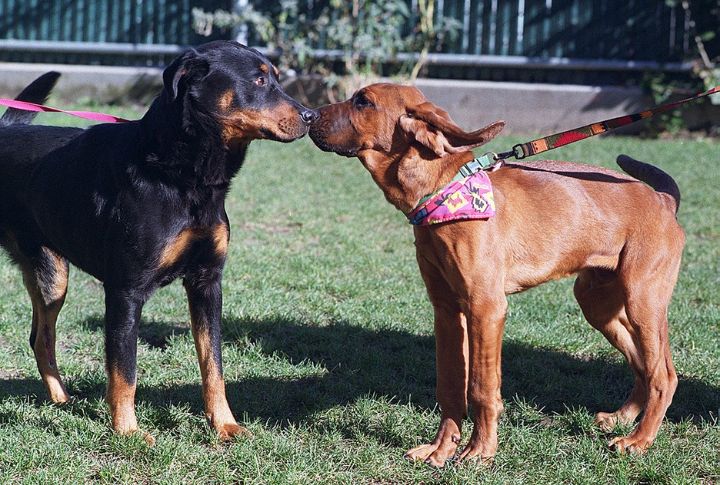
Canine courtship is not just about barking or wagging the tails. Like many animals, dogs communicate through a complex dance of pheromones, invisible chemical messengers that subtly steer their social and mating behaviors. These scent signals can sway attraction, spark interest, and even determine the course of a dog’s love life. Here are things to know about pheromones in dogs:
Female Dog Pheromones Production
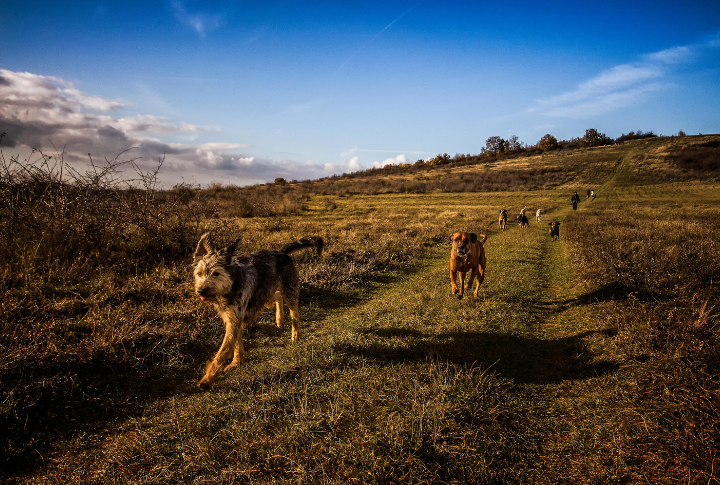
Female dogs produce pheromones, particularly during their heat cycle. Pheromones are primarily present in their urine and vaginal secretions. They serve to attract male dogs by signaling fertility. The production is hormone-driven with estrogen and is crucial in regulating pheromone levels during the reproductive phase.
Male Dog Pheromones Production

Male dogs also produce pheromones, and they primarily do this through glands in their skin, urine, and anal glands. These pheromones communicate dominance, territorial boundaries, and readiness to mate. Testosterone is the main driver behind the pheromone production during mating season. The scent conveys reproductive status and social rank.
How Do Dogs Detect Pheromones?
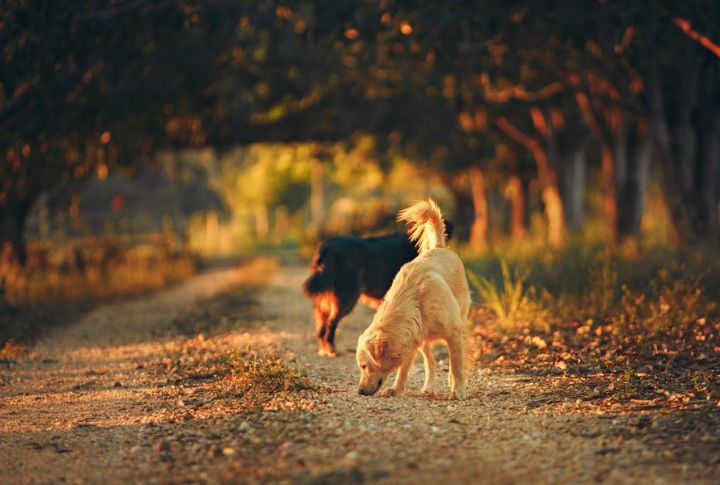
Dogs have a specialized organ called the Jacobson’s organ, situated on the roof of their mouths, which helps them detect pheromones. When a dog curls back its lips and inhales deeply—a behavior known as the Flehmen response—it’s trying to get a better sense of a potential mate’s pheromones.
Establishing Hierarchy and Dominance
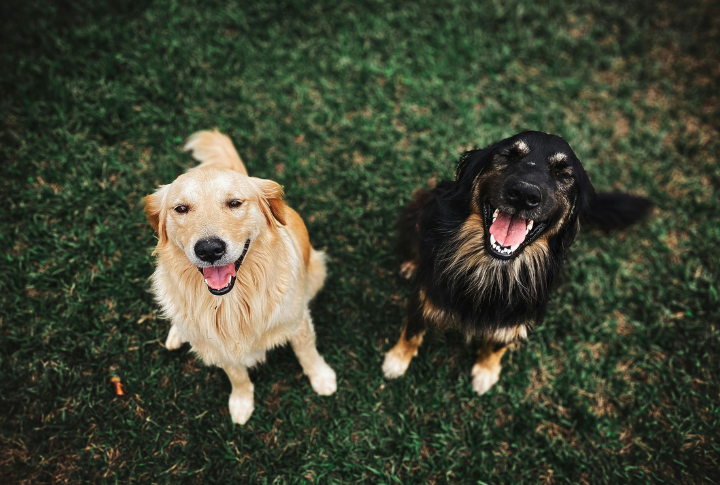
In some breeds, pheromones help establish social hierarchy and dominance during mating rituals. For instance, alpha males often release more potent pheromones, which can intimidate other males and assert their dominance. This ensures that only the most robust genes are passed on, a behavior rooted in evolutionary success.
Calming Signals During Courtship

This secretion isn’t just about arousal; it also plays a role in calming potential mates. Some dogs release appeasement pheromones during courtship to reduce aggression and anxiety in their partner. It helps create a more relaxed environment, increasing the likelihood of successful mating.
Influencing Hormonal Responses
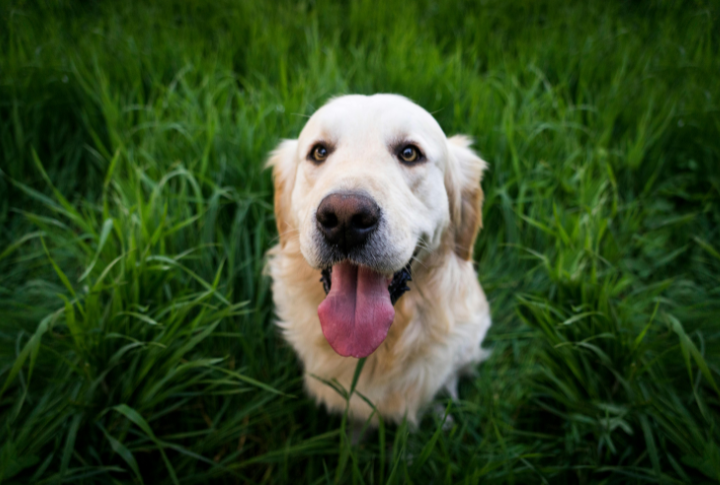
Pheromones don’t just affect behavior; they also influence hormonal changes in dogs. For instance, exposure to female pheromones can increase testosterone levels in males by boosting their libido and readiness to mate. This hormonal surge plays a vital role in ensuring that the timing of mating aligns with peak fertility.
Reinforcing Pair Bonds
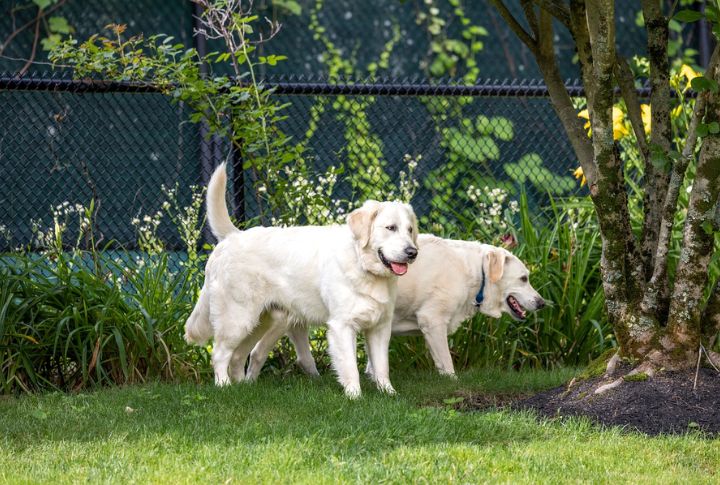
These chemical signals can help reinforce pair bonds between mating partners, especially in species like German Shepherds and Golden Retrievers that form temporary bonds during the mating season. The exchange of pheromones during and after mating helps to strengthen the connection and increases the likelihood of repeated matings.
Facilitating Recognition of Mating
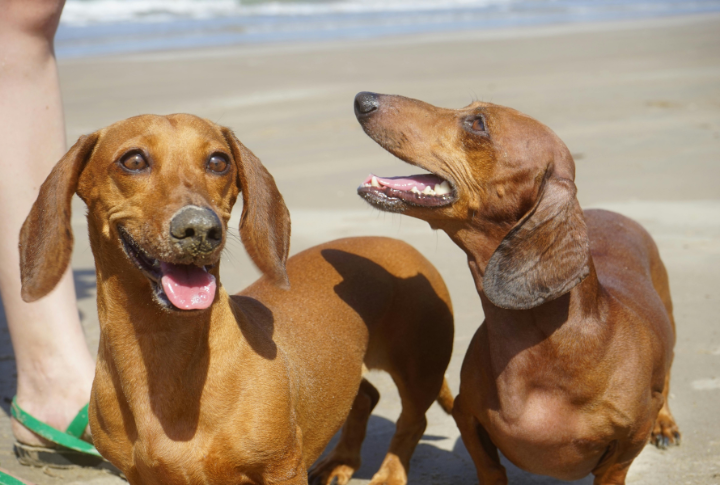
Partner dogs use pheromones to recognize and remember their mating partners. This recognition can ensure that mating occurs between compatible dogs to avoid inbreeding. The scent memory helps dogs identify a previous partner and gauge their suitability for future mating.
Synchronizing Breeding Cycles
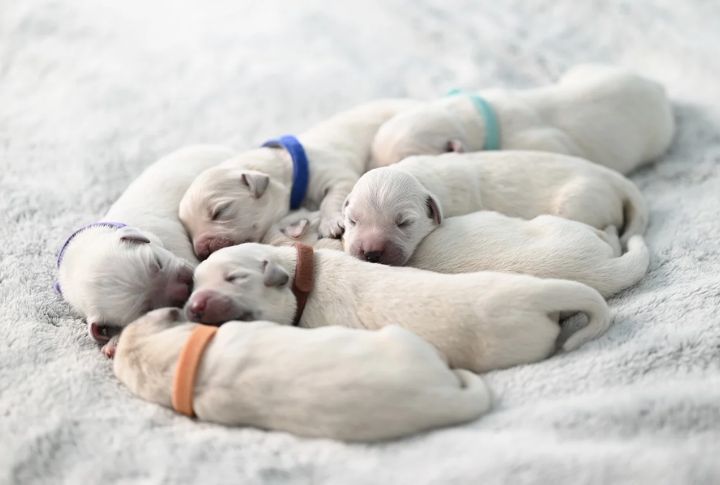
In pack settings, pheromones can synchronize the breeding cycles of female dogs. This phenomenon, known as the Whitten effect, ensures that females in a group come into estrus simultaneously. It’s nature’s way of maximizing the chances of successful mating within a population.
Indicating Health and Vitality
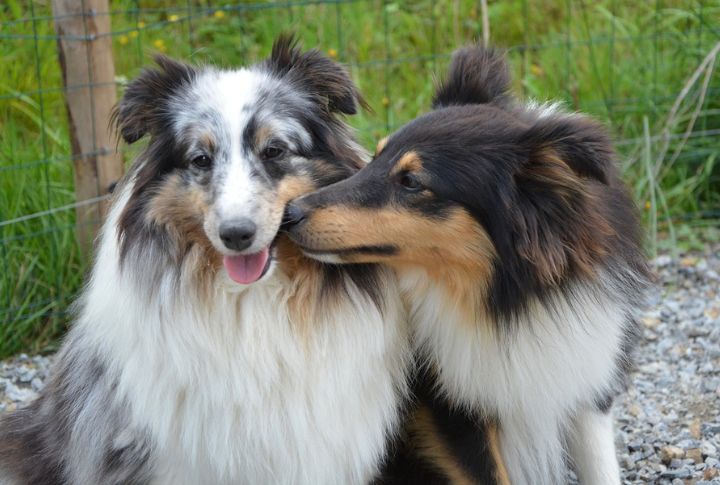
The strength and quality of this scent can indicate a dog’s overall health and vitality. Females may be more attracted to males who emit more potent pheromones with desirable traits for their offspring. This selection process helps ensure that the healthiest genes are passed on to the next generation.
Synchronizing Mating Behavior
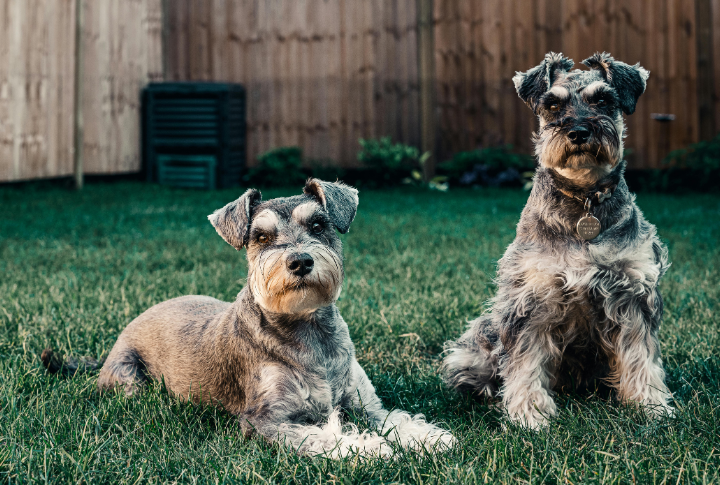
Pheromones help synchronize mating behavior between male and female dogs so that both are in the right state for reproduction. This chemical communication aligns with their physical and behavioral readiness to make the mating process more efficient and successful.
Guiding Courtship Rituals
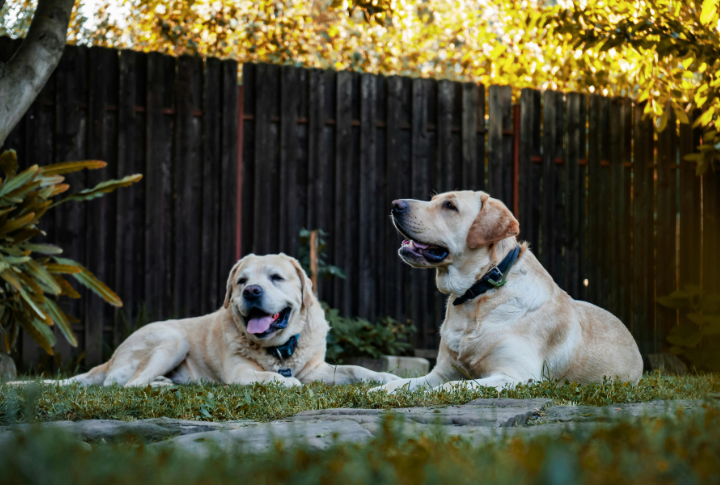
During courtship, there are a series of rituals that precede mating. These rituals, which may consist of specific postures, movements, and vocalizations, are all influenced by the scent exchanged between the dogs. This pheromone-driven choreography ensures that both partners are engaged and responsive to each other’s cues.
Deterring Unwanted Advances
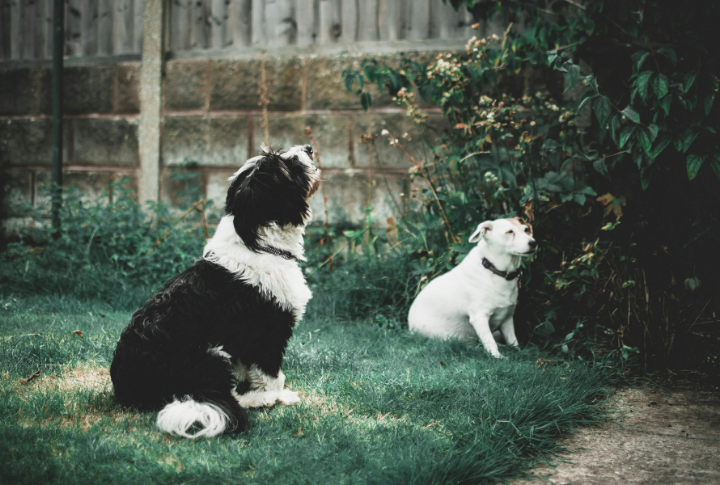
In some cases, pheromones can be used to deter unwanted advances. For example, a female dog not interested in mating may emit specific pheromones to signal a lack of receptivity and discourage persistent males from pursuing her further. This helps to prevent unnecessary stress and conflict.
Assisting Post-Mating Behavior
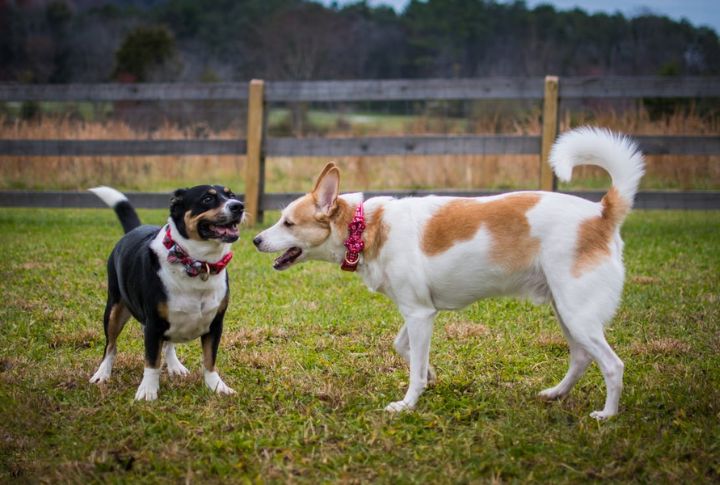
After mating, this scent continues to play a role in post-mating behavior. These chemical signals can help males determine whether a female has already mated, reducing the likelihood of repeated attempts and allowing the male to seek out other potential mates.
Supporting Offspring Care
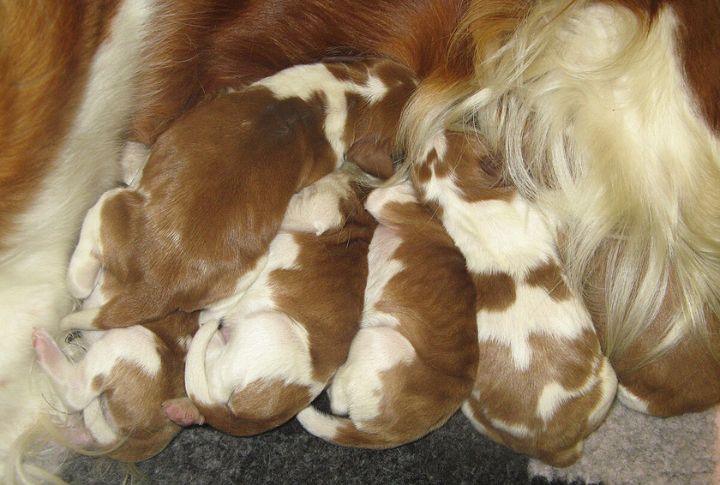
Pheromones even play a role after mating by influencing maternal behavior and bonding with offspring. The scent of newborn puppies contains pheromones that encourage maternal care and bonding, ensuring the mother is attentive and nurturing during the critical early stages of life.




